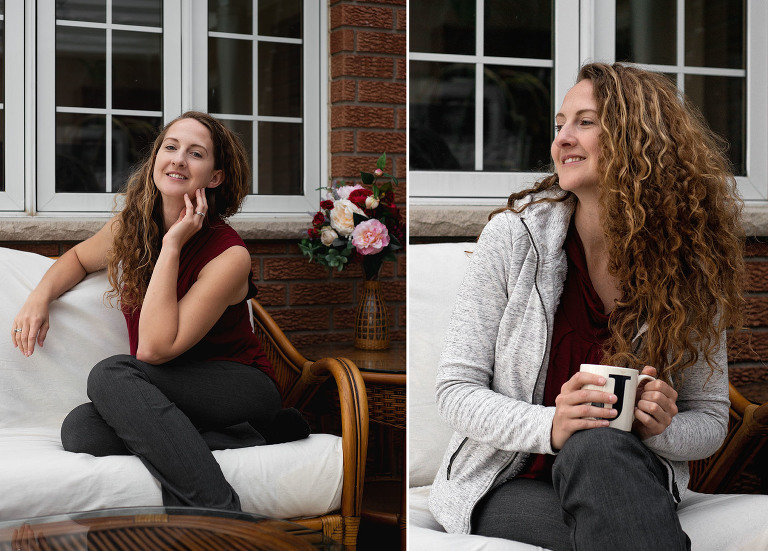Traveling & Photography gear
You’ve had a busy year “working the grind” and now it’s time to go on a much deserved vacation. Whether you’re planning an adventurous holiday scaling mountains, catapulting through canyons or exploring the oceans or a relaxing one where it’s just you, a drink and a beach chair; you’re likely considering how you will be capturing those fond memories. It can be a little overwhelming to decide what to bring so I’m going to share some important things to consider from my own experiences, so that you will be able to capture everything that interests you on your own trip!
First things first; what is right for one person, may not be a good choice for another, so instead of telling you what you need to bring, I’m going to provide the basics to help you decide what is right for your own needs.
Step 1 : Write out an itinerary for your trip. This can resemble a down to the hour timeline or a more loose agenda, but in order to properly choose the right gear to bring with you, you need to know what kind of activities you will be partaking in. ie. Will you be scuba diving? Will you have access to a safe or a locker?
One year I went to Mexico and had a cenote dive planned. They did not have a locker and I don’t have an underwater housing for my camera. If I wanted to take photos on the land around the cenote opening (it was very unique and picturesque) I’d need to leave it… Alone…. While I dive. I chose to leave it behind in the hotel instead.
Before arriving at the activities you have planned, it’s always a good idea to confirm if they have somewhere to lock up your valuables or that you are able to keep your camera with you throughout the day. If you are unable to keep you camera somewhere safe, you’ll then need to decide if you want to bring it with you anyway. But at least you have the choice to leave it behind. If you go assuming they have the right facilities you may be very disappointed, and it ruins the fun a little if you’re worried about your belongings.
Here’s a sample from my Iceland itinerary. I like to be very organized so I know all the hot spots around the area and the kinds of things we will be seeing. This allows me to plan my own shoots appropriately and helps me decide what gear I should bring.
.jpg)
Step 2 : Confirm what you are allowed to bring on your plane.
Every company has their own rules so check their website for baggage limitations. Some planes have different requirements for traveling with batteries so you’ll want to make sure you are packing them right otherwise it could be a costly mistake. If you want to travel with a drone, you should also check with the drone laws within the country you are traveling to as well. Even though the plane may accept them, you might not be allowed to fly it anywhere when you land.
My husband and I purchased a drone for our trip to Iceland in June and even though you are allowed to fly the drone in many places (just not around cities), some national parks have “no drone zones” too, to ensure wildlife is not at risk and so that fellow travelers will enjoy the peaceful landscapes.
Step 3 : What are your photo goals and how can you achieve them with your gear? Do you need to bring all of it or can you leave stuff behind to travel lighter?
I am one of those photographers who suffer from “the fear of needing something I didn’t bring” So I personally will choose to bring EVERYTHING. Just in case. This often leads to me cursing myself because I didn’t use half of my gear and accessories, but I’d rather have that, then miss out on creating the perfect shot.
This is me. Think about how this works for your own personality and your own vacation.
If you have multiple lenses, think about the main subject. Will a wide angle be best? Or maybe all you need is a telephoto.
Is this a trip of a lifetime and you absolutely need to get the best quality? This will often be the main factor for decision making. If you own a lot of camera gear from dslr equipment down to a nice pocket sized camera you have many options to go with, but at the end of the day, what is more important; quality or comfort?
If you have the space, it would not be a bad idea to take both. As I mentioned above with my cenote experience. I missed out on getting some really neat shots because I didn’t want to risk my dslr. Had I owned a small point and shoot I likely would have brought that.
And then sometimes the best choice is actually the camera that you won’t be scared to use, either for concern of loosing it to a thieve, or down a canyon.
Step 4 : “The extras” What accessories do you need to bring?
Power and outlet converters?
Cleaning supplies. (This is so important!)
ND & CP Filters; If you have them, bring them!
Bring enough memory cards, and then bring an extra. Sometimes these things become corrupt, and if you’ve used all your cards you won’t have a backup plan. It’s a good idea to have an extra one available for that worst case scenario.
Batteries and a charger.
What about tripods? Here’s the thing: Most are heavy, and bulky, and add another thing to carry. So you’ll want to really decide if this is necessary for your trip. Generally I would say if you plan on doing a lot of night photography. The answer is YES! A thousand times yes! If you’re not sure if you will do any night time photography but you are limited for weight and space, and reeeeeally hate the idea of lugging your 3 legged beast around, you’ll want to pay extra attention to Step 5 below. If you will essentially only be doing day time photography you could probably skip it, and save the space for souvenirs. **Unless you plan on creating some stunning blurred water, clouds or people photos. You can read more about using an ND filter to create that technique on my next journal entry.**
Etc.
Step 5 : Is it time to buy some new gear and accessories?
It happens sometimes; you come to a point where you need to expand your selection of equipment. Either, what you have won’t do what you need or your needs have changed. An ever growing collection is a mark of a true lover of photography. Accept it with a warm embrace.
Regarding Step 4 above; if you like the possibility of achieving some decent night time photography, but either can’t bring a tripod or won’t bring one, another option may be to add a lens to your kit that is infinitely better in low light!
So long as your camera has an ISO capability of about 128000 you should be able to achieve more than adequate results with:
50mm 1.8
35mm 1.8
24mm 2.8
The big, important thing all these lenses have in common, is that glorious aperture opening; 1.8 – 2.8. That number means the lens can let in A LOT of light, and you may be completely fine to take some nice night photos without the need for a tripod.
Maybe you actually don’t have a tripod, but you feel for this trip, it may be time to pick one up! If this is the case, you’ll want to look up the weight of your camera and lenses and compare it to the weight a potential tripod can support. Unfortunately the bigger and heavier your gear weighs the bigger and heavier your tripod should be.
If you’ve been contemplating getting an ND filter and/or a circular polarizer now may be the perfect time to invest! Those are both fantastic to use outdoors and to achieve some really creative and unique effects.
Step 6 : Before your vacation, go over your itinerary and gear list for a final check!
This is just to give one last thumbs up to your luggage. Add anything you need or remove things you have realized are unnecessary!
Any questions? Feel free to contact me through email or add a comment here!
Happy Travels!
P.S. Here’s some of the items I have mentioned in this post; that I personally use or have experience in using!
Pack Of 3 Fireproof Explosionproof Lipo Battery Safe Bag Lipo Battery Guard Safe Bag(185x75x60mm)
Manfrotto traveler BeFree Tripod with Ball Head – Red (MKBFRA4RD-BH)
Fotopro C5i Camera Tripod/Monopod-Orange
Nikon 50mm f/1.8G AF-S NIKKOR FX Lens
Nikon AF-S DX Nikkor 35mm f/1.8G Lens
Canon EF 50mm f/1.8 STM Normal Lens for Canon EF Cameras
Canon EF-S 24mm f / 2.8 STM Lens





